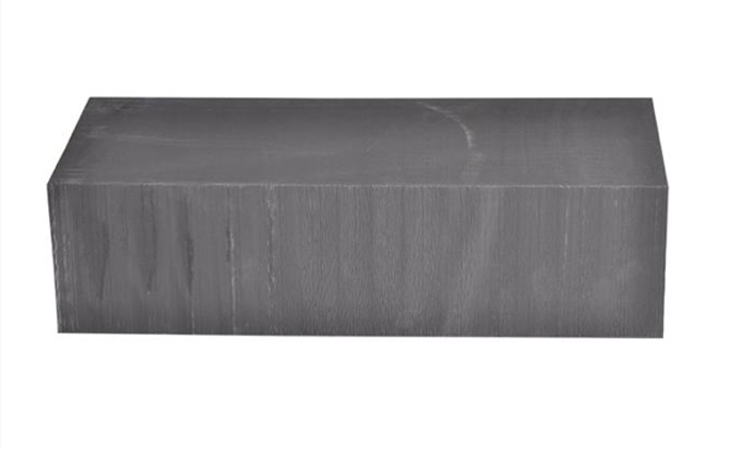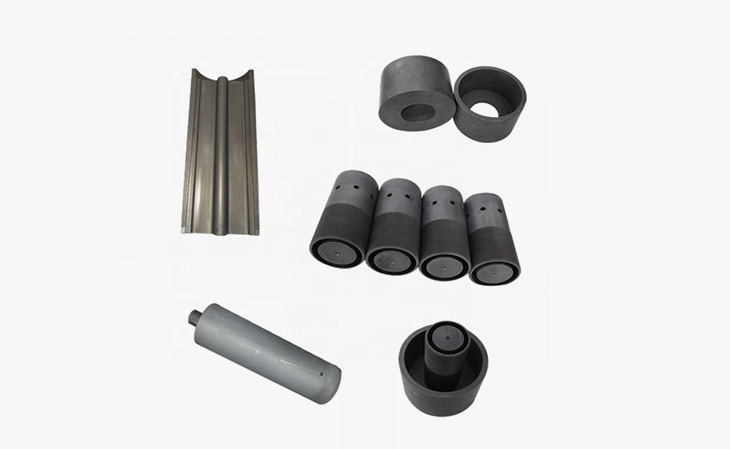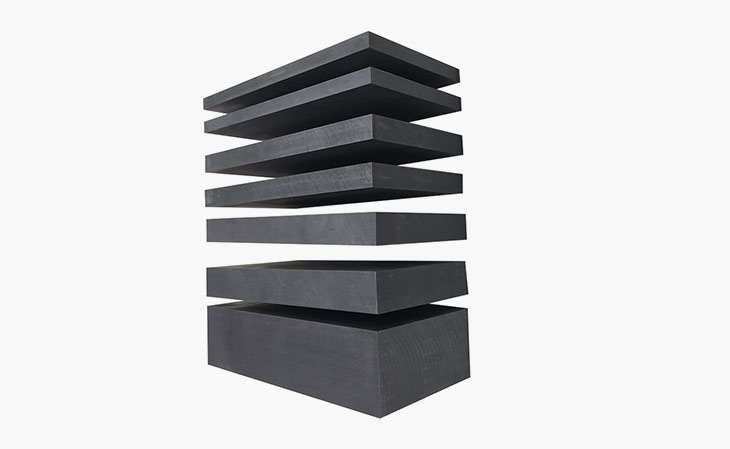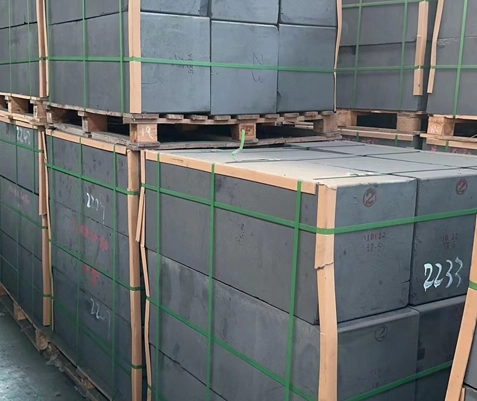With the continuous progress of industrial automation, graphite molds are also widely used. The life of graphite mold refers to the production times (stamping times and forming times) that the mold can achieve on the premise of ensuring the quality of parts. What are the ways to extend the life of graphite molds?
Ⅰ. About graphite molds
the rapid development of the mold industry in recent years, graphite materials, new processes and increasing mold factories are constantly impacting the mold market. Graphite has gradually become the preferred material for mold production due to its good physical and chemical properties. Nowadays, the graphite mold industry plays a vital role in human life and development. The development of many industrial sectors (such as electromechanical, automobile, household electrical appliances, light industry, electrical instruments, communications, ordnance, etc.) depends on the technological improvement and development of the mold industry. Countries all over the world have invested a lot of human and financial resources to develop the graphite mold industry.
Ⅱ. What are the ways to extend the life of graphite molds?
Resistivity, oxidation time, sintering time: The resistivity of the mold is proportional to the thermal conductivity. For example, the lower the resistivity, the higher the thermal conductivity and the faster the temperature rise. Since the strength of graphite products will increase with the increase of temperature, the suitable temperature for 20% when the strength of graphite is about increased compared with room temperature is 1000 ℃.
can be seen from the above, it is recommended that you use graphite material with relatively low resistivity, which is conducive to short hot pressing time and fast heating. In addition, the strength of the mold in contact with the cutter head will also rise quickly, which is not easy to cause fracturing. The oxidation time is reduced, and the oxidation damage rate will also decrease; the hot pressing sintering time is shortened, which is conducive to reducing the cost of sintering. In general, the service life of graphite molds is prolonged.
Metal:
1. Grinding: In order to improve the surface finish of graphite molds and reduce the adhesion between molds and molten metal, grinding is generally suitable for making graphite molds.
2. of carcass powder: The adhesion between graphite products and metal films caused by may also be caused by carcass powder. Because iron is a strong decarburization agent, if the carcass is iron-based, strong reaction and dissolution will occur in graphite products and carcass, which will lead to carcass solution and graphite adhesion.
3. Brush release agent: It is recommended that you brush a strong release agent on the surface of the mold and the cutter head when sintering the iron-based matrix. This will help reduce the mold adhesion and damage during mold unloading.
 English
English








